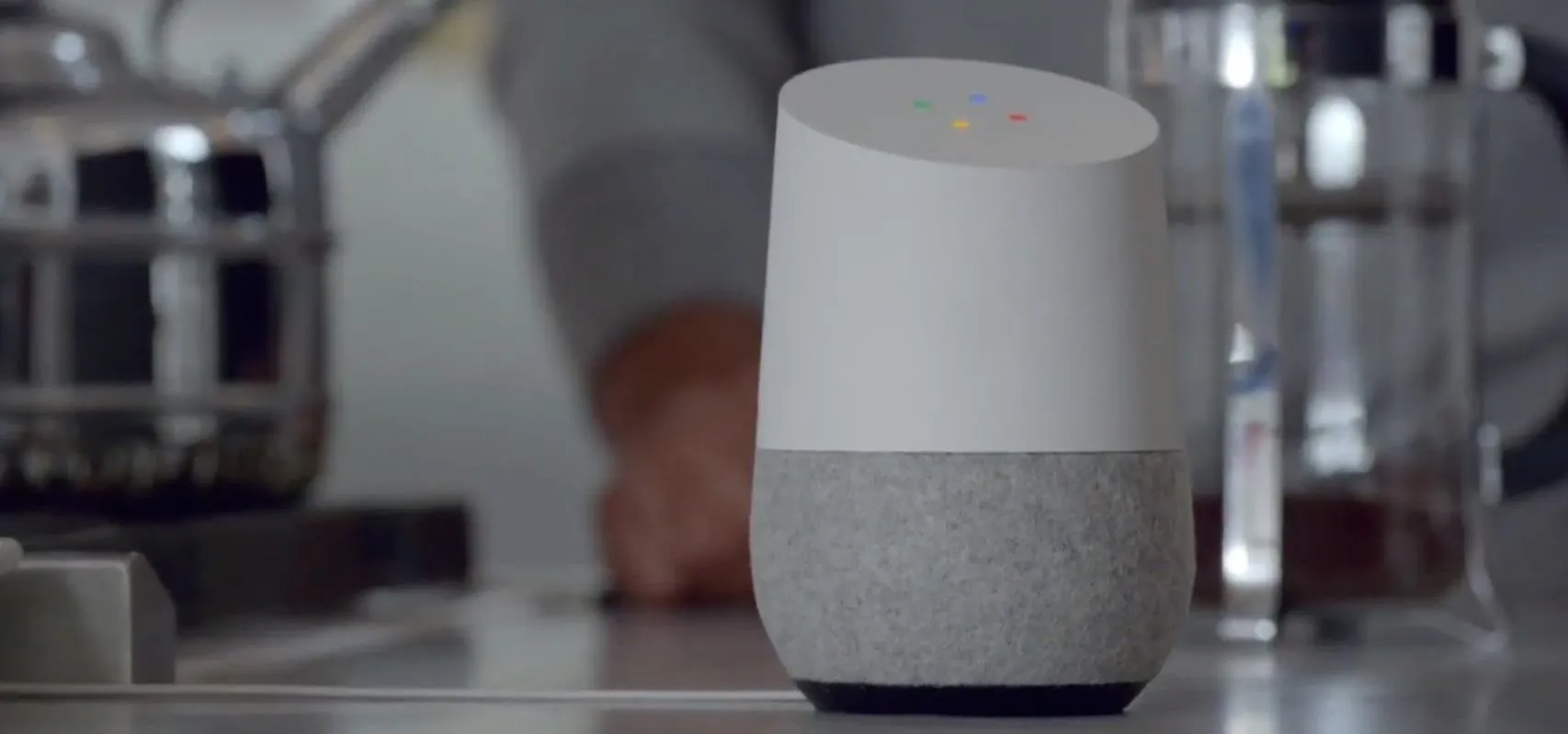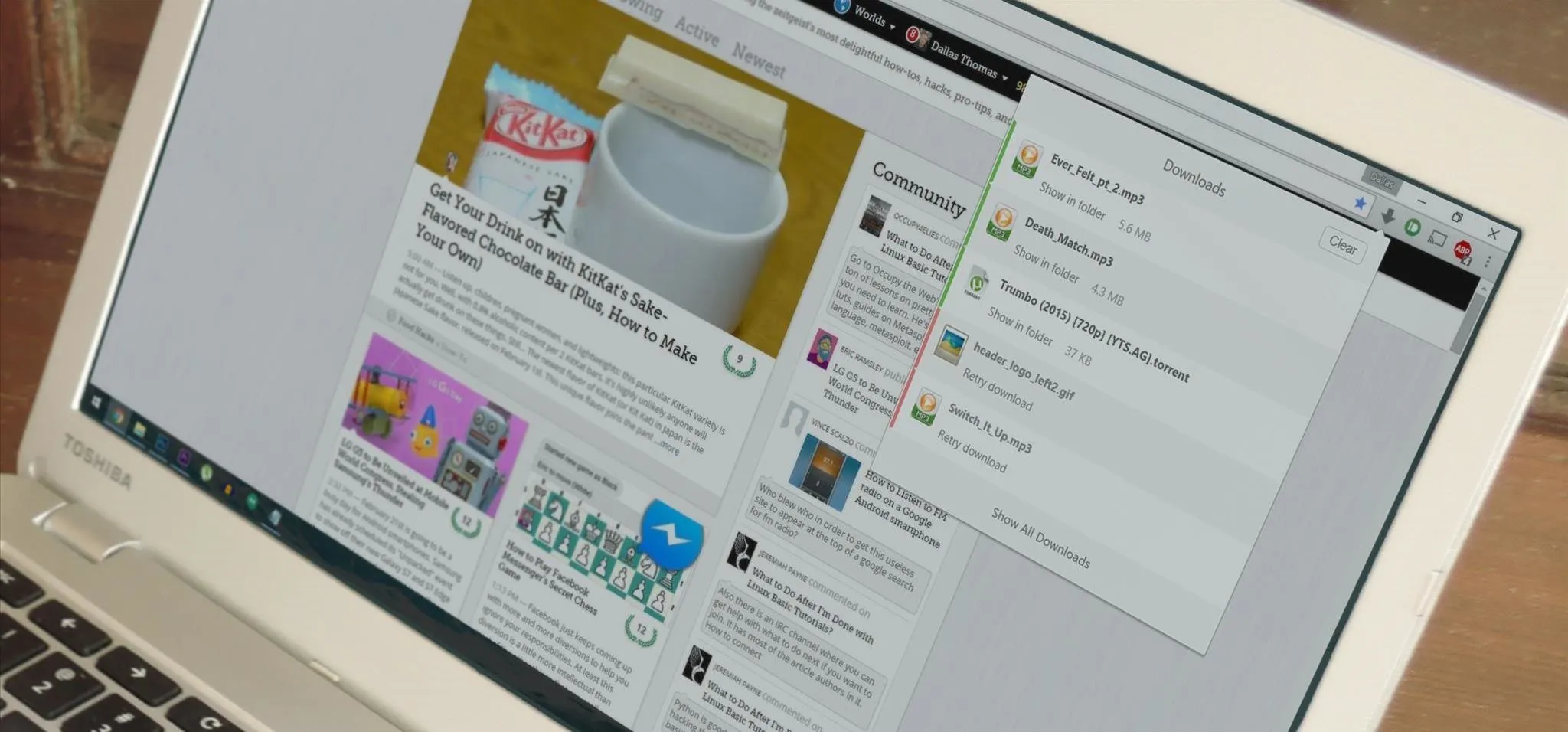Earlier this month, John Oliver spent a segment on Last Week Tonight explaining native advertising, a practice followed by many online media outlets such as BuzzFeed, The New York Times, and VICE, which combines editorial content along with sponsored advertisements.
Walking a fine line between what they call "church and state," the practice of native advertising has become increasingly blurry due to professional-looking journalism, veiled references, and unobtrusive advertisements.
These tactics have made it difficult to differentiate between what is independent journalism and a sponsored post, so much so that, according to a recent study, less than half (41%) of the visitors to a website could tell the difference between paid articles and actual news.
So, how are we, as readers, supposed to tell the difference?
AdDetector Makes Native Advertising Obsolete
AdDetector, a new browser extension for Chrome and Firefox developed by Ian Webster, a software engineer at Google, notifies you with a large red banner when it recognizes that you're reading a sponsored post.

As of right now, it only works with the top 50+ newspaper and online publications. If you'd like to see a site added to AdDetector, you can email or tweet the developer, or use his Google docs form.
Example #1: BuzzFeed's "Brand Publisher" Articles
Below, you can see a BuzzFeed post entitled "15 Times "The Simpsons" Made You Feel All The Feels," which goes through some of the more emotional scenes in the television show's long tenure. Alas, the article is actually sponsored by the Hollywood Bowl, which is made (somewhat) clear through a discreet "Brand Publisher" label that could easily be overlooked.

With AdDetector enabled, it's much more noticeable that the post is sponsored, with a large red banner draped over the top of the article, blaring that it's a paid post and who the sponsor is.

Example #2: The New York Times' "Paid Posts"
Other times, websites do make it a bit more noticeable that the post is sponsored, but instead they use distracting graphics, photos and videos to fool their audience. The New York Times posted a very informative and well-reported piece on how the prison system is unkind to the needs of women.
As it turns out, the post was sponsored by Netflix, promoting Season 2 of Orange Is the New Black. While the article does have a "Paid Post" stamp that follows you as you scroll down the article, some might think it's merely an advertisement and not a sponsor. Great journalism, large graphs, and colorful photographs also distract from the fact that this is a paid post.

Once again, with AdDetector, it's known from the second you go into the article that it is, in fact, a sponsored post.

As you learn which posts are sponsored and which are not, you'll begin to notice the trends between them; the sponsored branding, the low-key mentions of the brand, and so on.
Pretty soon, you might not need AdDetector, because you'll catch on quickly. And it's good to know the difference between native advertising and the regular news, because in the future, it might be harder to distinguish than before.























Comments
Be the first, drop a comment!